In the vast theater of the sky, nature’s most impressive aerial predators—raptors—engage in what might appear as frivolous play but serves as critical education for survival. Young birds of prey don’t attend formal schools, yet their development involves sophisticated learning processes that prepare them for life as apex predators. Through what ornithologists call “play behavior,” juvenile raptors develop hunting techniques, flying skills, and social dynamics that will define their adult lives. This natural curriculum, taking place against the backdrop of open skies and forest canopies, transforms awkward, inexperienced youngsters into the formidable hunters we admire. Let’s explore how seven remarkable raptor species turn playtime into professional development, creating their own hunting schools in the sky.
The Educational Value of Play for Young Raptors
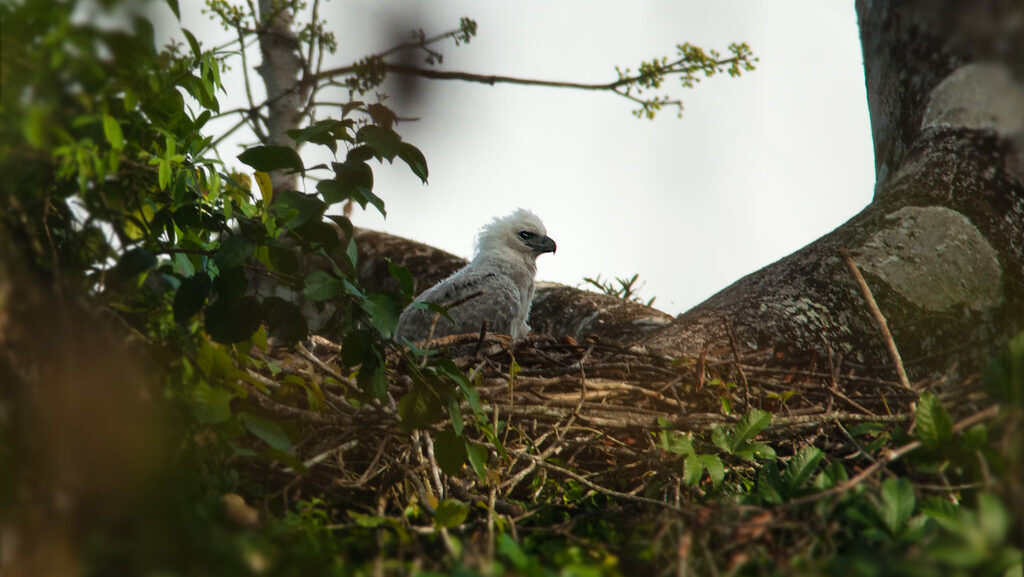
Play behavior in juvenile raptors serves multiple crucial developmental functions beyond mere entertainment. These activities directly strengthen the physical abilities these birds will need as adult hunters, including wing strength, talon precision, and aerial maneuverability. Neurologically, play stimulates brain development and builds neural pathways that enhance quick decision-making—essential for successful hunting in rapidly changing conditions. Research has shown that raptors raised without adequate play opportunities demonstrate poorer hunting success rates and reduced survival odds once independent. Additionally, these play sessions create safe opportunities for young birds to learn from mistakes without the life-threatening consequences they would face as adults failing to capture prey.
Bald Eagles: Stick Games and Water Practice
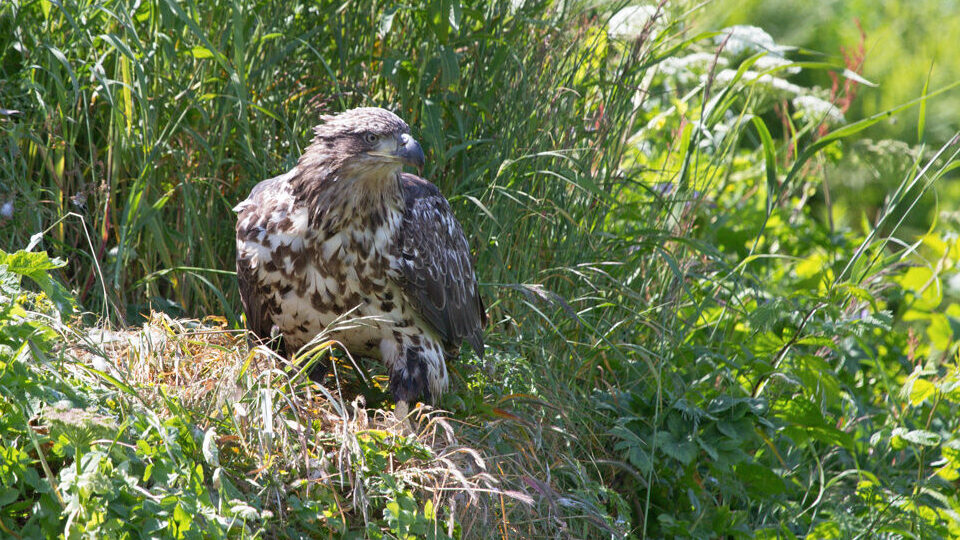
Young bald eagles engage in elaborate aerial games involving sticks and small branches, which serve as proxies for fish and other prey in their developmental hunting practice. Fledglings will repeatedly drop and catch these objects mid-flight, sometimes passing them between siblings in what resembles an aerial game of catch—behavior that precisely mimics the skills needed for snatching fish from water surfaces. Near waterways, juvenile eagles practice shallow dives, gradually perfecting the angle and timing required for successful fishing without fully committing to potentially dangerous deep water plunges. Researchers have documented eaglets spending up to 70% of their waking hours in these practice sessions during the critical three-month period after leaving the nest. Interestingly, these play behaviors continue even after the young eagles begin successful hunting, suggesting ongoing skill refinement continues well into early adulthood.
Peregrine Falcons: Masters of the Mock Hunt
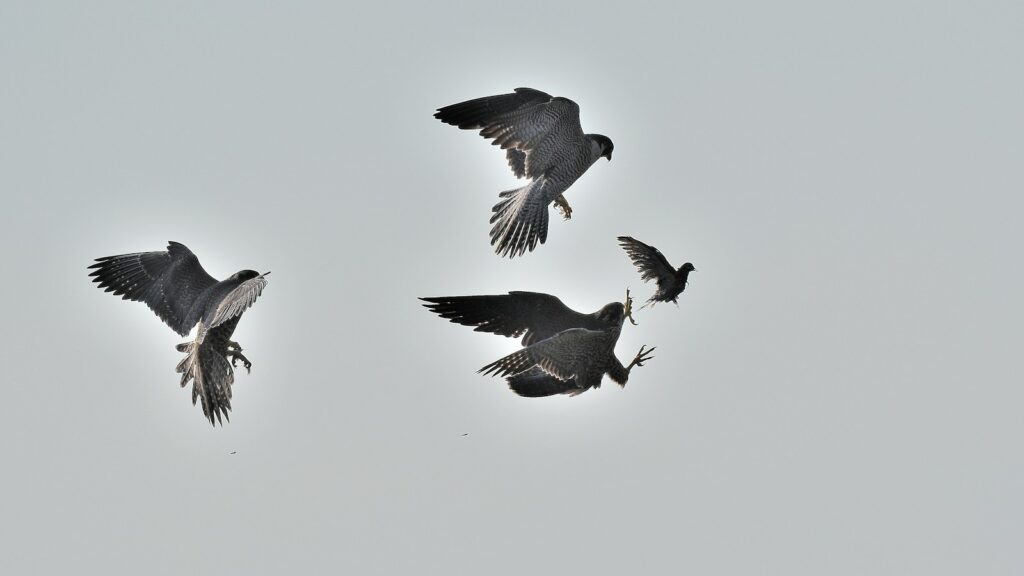
Young peregrine falcons are perhaps the most dramatic aerial performers among raptors, practicing spectacular high-speed dives that will eventually enable them to become the fastest animals on earth. Juvenile peregrines engage in elaborate games of “tag” with siblings, taking turns pursuing each other in mock hunts that develop the precise wing control needed for their signature hunting dives—stoops that can exceed 200 mph. These youngsters also practice target precision by diving at inanimate objects, leaves caught in updrafts, or occasionally small non-prey birds without actually striking them—a form of simulated hunting that develops accuracy without risk. Falconers who have rehabilitated young peregrines note that these birds instinctively practice these diving behaviors even in captivity, demonstrating the innate drive to develop these specialized hunting skills. The play becomes increasingly sophisticated over time, with older juveniles incorporating complex aerial rolls and last-second adjustments that will eventually allow them to capture fast-flying birds mid-air.
Red-tailed Hawks: Thermal Soaring Practice
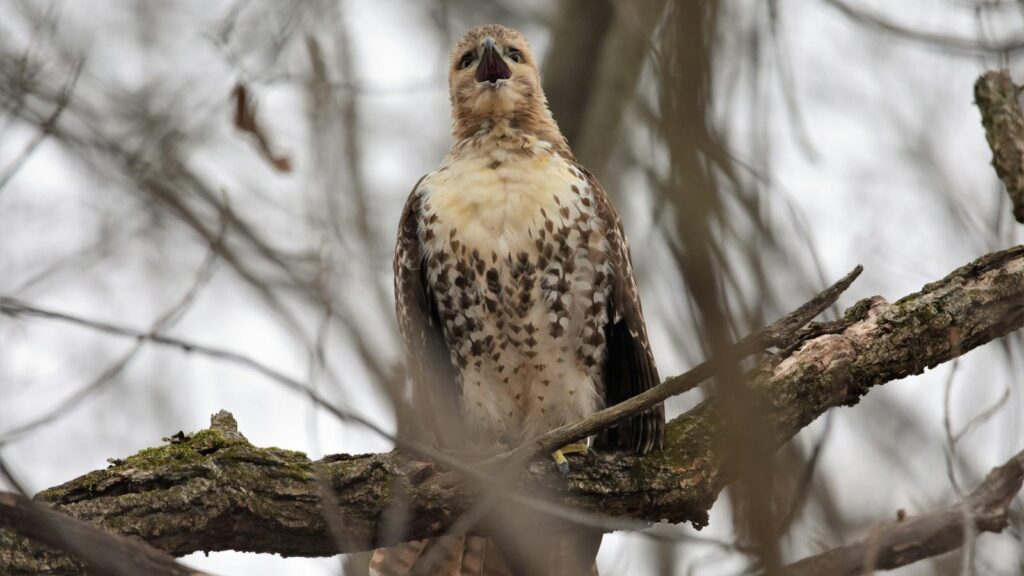
Juvenile red-tailed hawks dedicate significant time to perfecting their thermal soaring techniques, a critical skill that allows these birds to conserve energy while scanning vast territories for prey. Young hawks can be observed engaging in what appears to be playful spiraling behavior, riding rising columns of warm air to gain altitude without wing flapping, then gliding to another thermal in a continuous energy-efficient pattern. These young raptors also practice “kiting”—hovering in place against headwinds—which requires precise muscular control and will later allow them to remain stationary while focusing on potential prey movement below. Siblings frequently engage in coordinated soaring, maintaining specific distances from each other that resemble the territorial spacing they’ll maintain as adults. Research has revealed that juvenile red-tails in regions with more complex wind patterns develop more sophisticated soaring abilities, suggesting that environmental challenges enhance their aerial education.
Great Horned Owls: Nocturnal Training Sessions
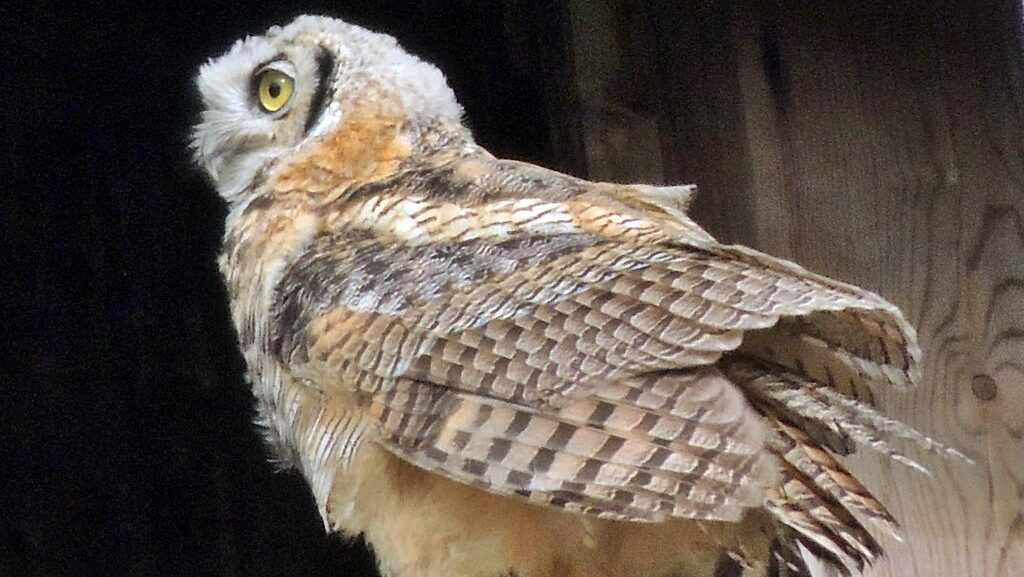
Young great horned owls engage in specialized play behaviors adapted to their nocturnal hunting lifestyle, focusing on sound localization and silent flight techniques. Juvenile owls practice pouncing on moving shadows and rustling leaves, developing the precision needed to strike unseen prey located primarily by sound. These owls also engage in extensive “wing training” during twilight hours, practicing silent flight by gliding between perches with minimal wing movement—the acoustic stealth that will eventually make them undetectable to prey. Researchers using infrared technology have documented young siblings engaging in mock hunting games in near-total darkness, taking turns acting as “predator” and “prey” to develop both offensive and defensive awareness. Family groups of great horned owls maintain these training sessions for up to six months post-fledging, significantly longer than many diurnal raptor species, reflecting the complex skill set required for effective nocturnal hunting.
Ospreys: Fishing School Without Formal Lessons
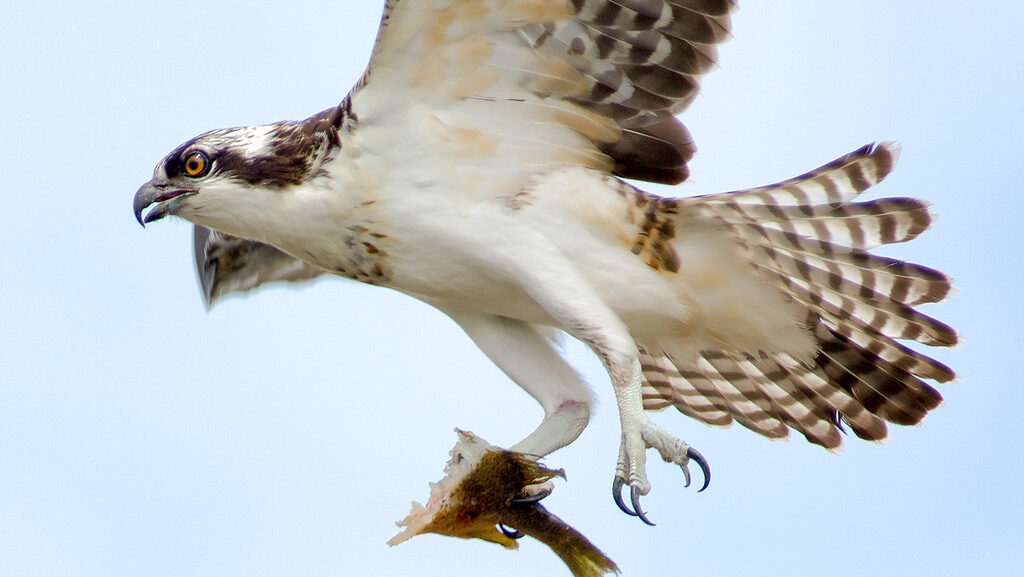
Young ospreys develop their specialized fish-hunting techniques through a progressive series of play behaviors that gradually introduce the challenges of their unique hunting style. Initially, fledglings practice hovering above water without diving, developing the critical wing strength and control needed to maintain a stable position while spotting fish below the water’s surface. As they gain confidence, juvenile ospreys begin performing “practice plunges” into shallow water, initially without prey targets, gradually perfecting the precise angle and talon position that will allow them to penetrate water with minimal splash while protecting their wings. Researchers have documented that young ospreys spend weeks practicing the difficult “water exit” phase of hunting—the power-intensive moment when they must lift both themselves and a heavy, wet fish from the water’s surface. Interestingly, osprey parents appear to actively demonstrate proper fishing techniques, hovering longer than necessary when hunting within sight of their offspring, suggesting an intentional educational component to their behavior.
Cooper’s Hawks: Agility Training in Forest Canopies
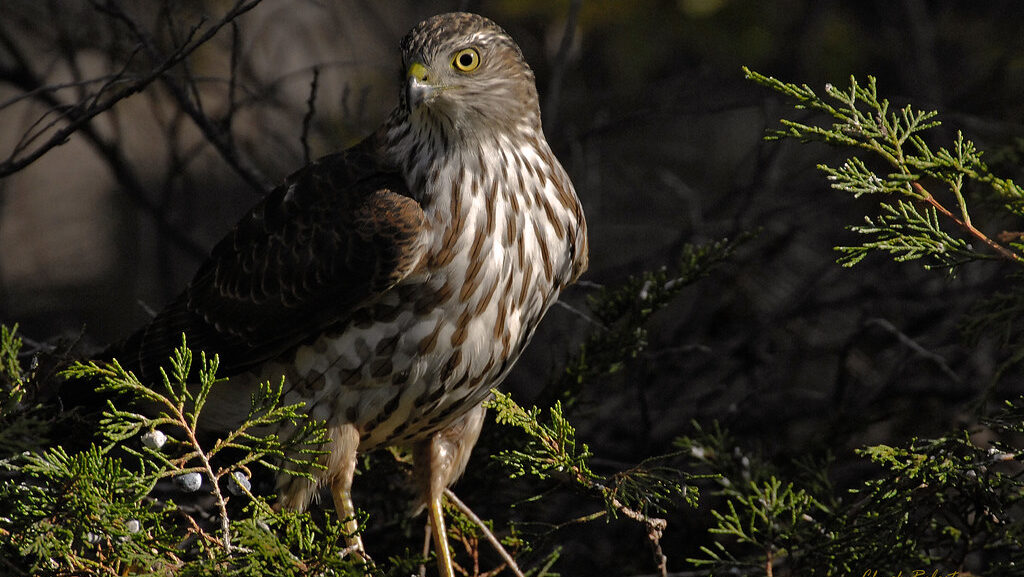
Juvenile Cooper’s hawks transform dense forest environments into natural obstacle courses, developing the extraordinary maneuverability they’ll need to pursue prey through tight spaces. Young Cooper’s hawks engage in high-speed chases through tree canopies, weaving between branches and executing sharp turns that strengthen wing muscles and refine spatial awareness—critical skills for birds that hunt other birds in forested habitats. These hawks also practice “ambush perching,” hiding themselves among foliage before making practice dashes toward imaginary prey, developing both the patience and explosive speed needed for their hunting strategy. Ornithologists have documented juvenile siblings playing what resembles “hide and seek,” taking turns pursuing each other through complex forest environments in games that can last for hours. These play sessions become increasingly elaborate as the young hawks mature, with older juveniles incorporating vertical dives, rapid direction changes, and brief upside-down flights that showcase their developing mastery of three-dimensional movement.
Harris’s Hawks: Team Building Through Play
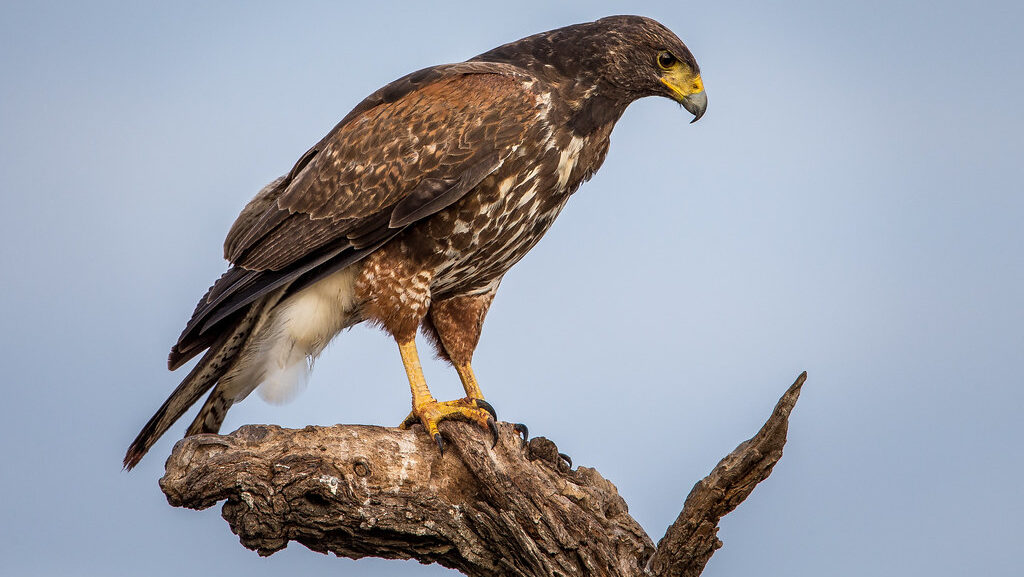
Unlike most solitary raptors, Harris’s hawks hunt cooperatively in family groups, and their juvenile play behaviors reflect this unique social hunting strategy. Young Harris’s hawks engage in elaborate role-playing games where they practice coordinated hunting tactics, taking turns acting as “drivers” who flush prey and “catchers” who intercept escaping animals. These juveniles develop specific vocalizations during play that will later coordinate their adult hunting parties, practicing a sophisticated communication system unique among North American raptors. Researchers have documented juvenile Harris’s hawks arranging themselves in play formations that mirror the effective “leap-frog” hunting technique adults use to pursue prey through desert environments. Family groups maintain these play-training sessions for up to two years, significantly longer than solitary raptor species, reflecting the complex social dynamics these cooperative hunters must master.
The Developmental Timeline of Raptor Play
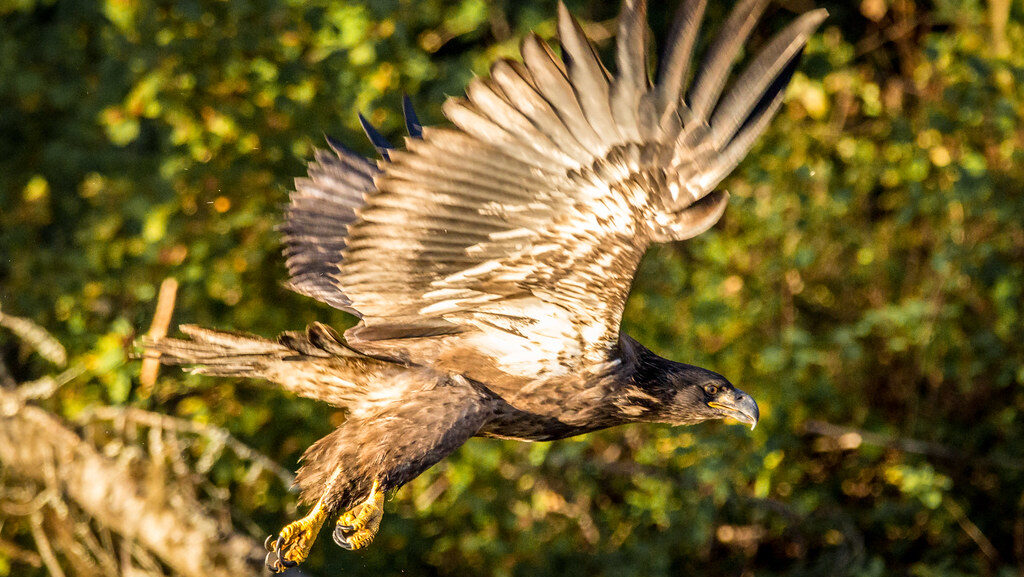
The progression of play behaviors in young raptors follows a remarkably consistent developmental timeline across species, reflecting evolutionary programming that ensures skill acquisition matches physical development. During the nestling phase (0-6 weeks), play begins as simple foot-grabbing and beak-fencing with siblings, developing basic coordination before flight is possible. After fledging (6-12 weeks), play shifts dramatically to flight-based activities, with juveniles spending up to 70% of daylight hours practicing aerial maneuvers and simple hunting movements. The critical refinement phase (3-6 months post-fledging) introduces increasingly sophisticated play that directly mimics adult hunting behaviors, with juveniles focusing on species-specific skills like diving, soaring, or stealth approaches. Research shows that play intensity peaks precisely when juvenile raptor brains are experiencing maximum neuroplasticity, suggesting an intrinsic biological timing that maximizes learning potential during this critical developmental window.
Parental Roles in Raptor Education
Adult raptors play sophisticated teaching roles that extend far beyond simply providing food, actively contributing to their offspring’s hunting education through various demonstrated behaviors. Parent birds often deliberately model hunting techniques within view of their offspring, sometimes performing exaggerated versions of critical movements that highlight important aspects of technique—behavior that closely resembles human teaching methods. In many species, adults bring progressively challenging live prey to juveniles, starting with slow-moving or injured animals and gradually introducing more difficult targets as skills develop. Researchers have documented that parent raptors frequently “stage” hunting opportunities for their young, flushing prey toward inexperienced juveniles to create practice opportunities with higher success probability. These teaching behaviors continue well after juveniles can technically feed themselves, with most raptor species providing this educational support for 3-8 months post-fledging, depending on the complexity of their hunting strategy.
How Climate and Habitat Affect Raptor Play
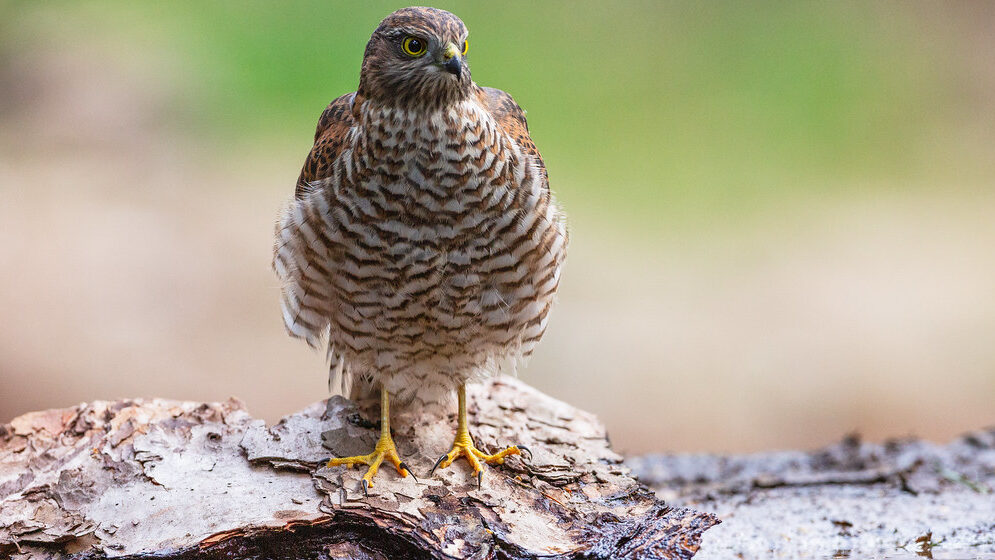
Environmental factors significantly influence the development and expression of play behaviors in young raptors, creating regional variations in how these birds learn to hunt. In areas with seasonal prey fluctuations, researchers have documented accelerated play development, with juveniles born in challenging environments demonstrating more intense and focused practice behaviors than those in prey-rich regions. Habitat complexity directly correlates with play sophistication—young forest-dwelling accipiters develop more elaborate aerial maneuvers than those in open plains, while birds in variable terrain demonstrate greater adaptability in their practice techniques. Climate extremes can dramatically alter play schedules, with desert-dwelling raptors concentrating intense play sessions during cooler morning and evening hours, while Arctic species maintain near-constant activity during the brief summer season. These environmental adaptations demonstrate remarkable plasticity in raptor learning systems, allowing each generation to optimize their development for specific local conditions.
When Play Becomes Survival: The Transition to Independence
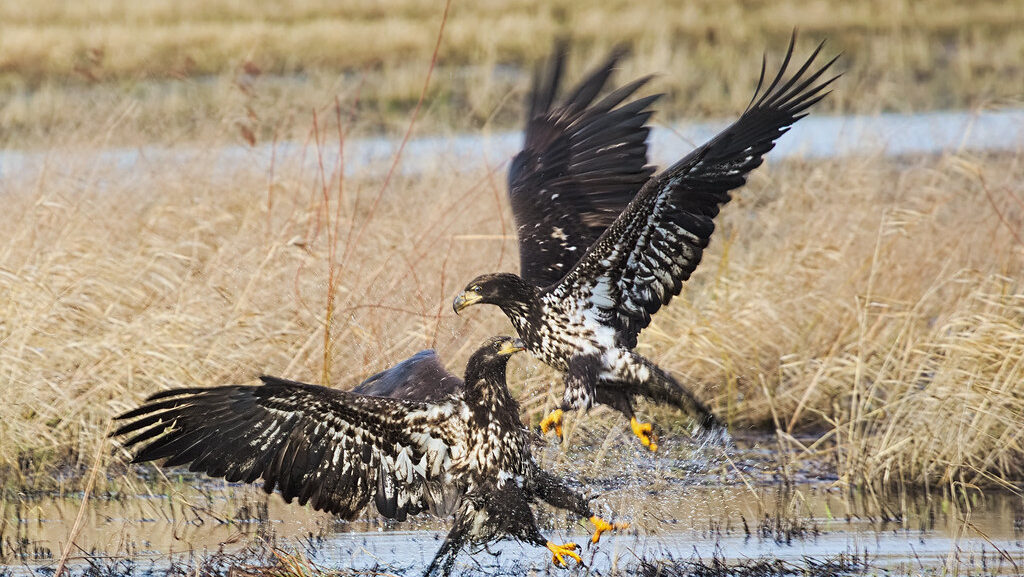
The transition from play-based learning to actual hunting represents a critical and dangerous period in young raptor development, with mortality rates peaking during this vulnerable phase. Studies tracking juvenile raptors show that birds gradually incorporate actual hunting attempts within their play sessions, creating a spectrum of behavior that blends practice with genuine food acquisition before making a complete transition to independent hunting. This gradual approach allows young birds to build confidence through occasional successes while still having parental support as a backup when they fail. First-year mortality statistics reveal the stakes of this transition—depending on species and environment, between 40-70% of juvenile raptors do not survive their first year of independence, with starvation being the primary cause. The birds that survive demonstrate a clear correlation between the quantity and quality of their earlier play behaviors and their hunting success, providing strong evidence for play’s direct survival value.
Conservation Implications of Understanding Raptor Play
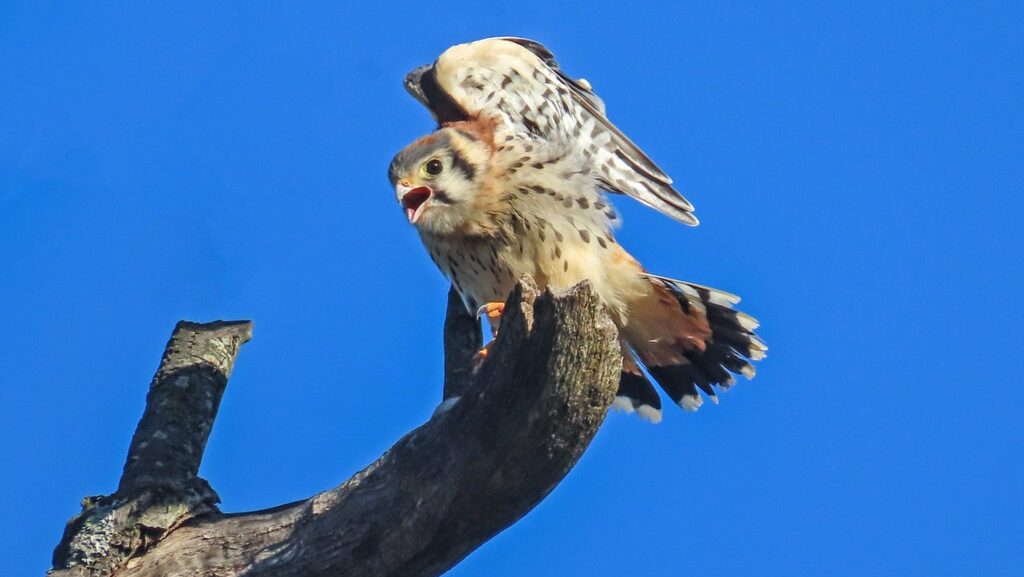
Recognizing the critical importance of play in raptor development has significant implications for conservation efforts and rehabilitation practices focused on these important apex predators. Rehabilitation centers now incorporate structured play opportunities for injured juvenile raptors, using specialized equipment and techniques that allow recovering birds to develop critical hunting skills even while healing from injuries. Conservation planning increasingly considers the “developmental habitat” needs of raptor species, preserving not just nesting sites but also the specific environments where juveniles engage in essential play behaviors. Wildlife managers monitoring threatened raptor populations now use play behavior metrics as early indicators of population health, as reduced or abnormal play often precedes more obvious signs of environmental stress. These approaches represent a more sophisticated understanding of raptor conservation that addresses not just adult survival but the complete developmental needs of these remarkable birds throughout their lifecycle.
Conclusion
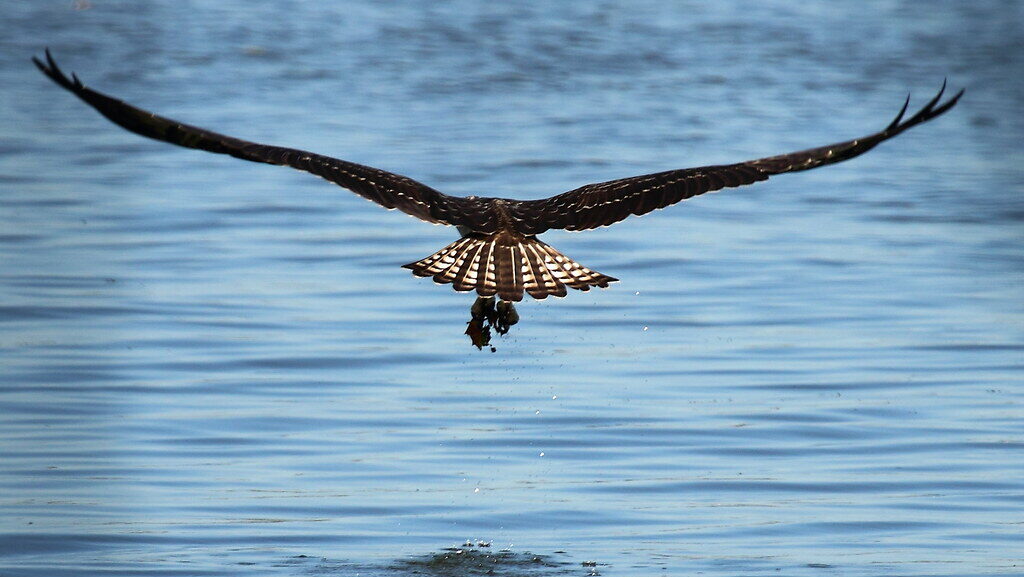
The aerial playgrounds of young raptors serve as sophisticated learning environments where future apex predators develop the extraordinary skills that will define their adult lives. Through progressively challenging games and practice sessions, these birds transform from awkward fledglings to precision hunters capable of remarkable feats. This natural education system—refined over millions of years of evolution—demonstrates how play serves critical biological functions far beyond simple entertainment. As we continue studying these remarkable learning behaviors, we gain not only greater appreciation for the complexity of raptor development but also valuable insights that inform conservation efforts for these magnificent birds. The next time you glimpse young raptors tumbling through the sky or chasing each other through forest canopies, remember you’re witnessing not just playful antics but nature’s most sophisticated flight school in session.
